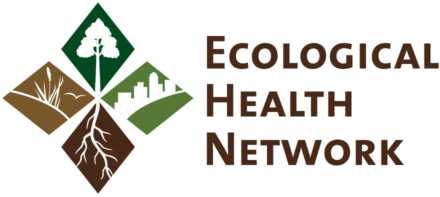Caviahue
Intense browsing and mortality of Nothofagus antarctica caused by cattle. The image shows soil lost to cattle and erosion.
Location
Northwest Patagonia, ~750 km south of Santiago, Chile
Category
Site
Ecosystems
Temperate Araucaria forest
Land Tenure
Private, public, and Indigenous lands
Contact
Contact Prof. Daniel Roberto Pérez Laboratorio de Rehabilitación y Restauración de Ecosistemas Áridos y Semiáridos (LARREA). Facultad de Ciencias del Ambiente y la Salud. Universidad Nacional del Comahue.
Website
Ecological importance of the site
Significant area of remnant Araucaria araucana (locally known as Pehuén) temperate forest
Climatic and land use changes threaten the future of these temperate forest remnants
Araucaria araucana is Endangered (IUCN 2013), and can take 30–40 years to first produce seeds
Socio-economic importance
Traditional lands of the Mapuche, an Indigenous group from central Chile and the Neuquen province of Argentina, who continued to live in the area despite the devastating Argentinian Desert Campaign and Conquest of the Desert in the 1830s and 1880s.
The seeds of Araucaria araucana are nutritious, and are traditionally harvested and eaten by the Mapuche.
Formerly heavily used for grazing, and collection of timber and firewood
Currently being used for environmental education by local schools
Restoration efforts underway

The project began in 2018, after finding evidence of almost no A. araucana recruitment from seeds in the last 50–100 years. The forest had been heavily degraded from intensive overgrazing by livestock, particularly cattle which forage on A. araucana seeds and seedlings in open forest understory, as well as invasion by non-native species including pine trees. After installing exclusion fences to prevent further livestock grazing at the site, the following restoration activities were taken:
- Propagation of 12,500 A. araucana seedlings at the Puel Nursery, owned and operated by the Mapuce indigenous community of Villa Pehuenia, to produce plants for restoration plantings.
- Around 10,000 seedlings planted in around 30 Ha of degraded forest remnants and adjacent grasslands to examine contrasting rates of survival.
- 2,600 seedlings planted by in gardens and public spaces throughout the communal land or “ejido” of the town of Caviahue to rekindle public interest in the species.
- Research to develop the most effective restoration approaches and protocols.
Ecological restoration with students from Caviahue schools
In November 2022, a hands-on ecological restoration project that included students from Transhumant schools in Caviahue was initiated by the Ecological Rehabilitation and Restoration Laboratory (LARREA) of the Faculty of Environmental and Health Sciences of the National University of Comahue and the school teams. Photos and a summary of the work can be found here.
Key accomplishments to date
Following the success of the initial plantings in 2018, the project has expanded from an original 30 Ha to now cover almost 28,300 ha.
Livestock are now excluded from significant areas of the forest, and exploitation of wood appears to be greatly reduced.
Research coupled with traditional knowledge from local communities has suggested sowing A. araucana seeds directly yields greater success than planting propagated saplings, so research is currently examining the most effective ways to collect and sow seeds to maximize successful establishment and survival.
Recent surveys (February 2022) indicated seedling survival rates were 27–44%, and were higher in areas with greater existing native tree cover.
Perceptions and values of local communities
Restoration activities, coupled with environmental education and community workshops, have begun shifting the perceptions of the local community towards the forest. At local schools, teachers now receive training and teaching materials on ecological restoration that complement other teaching materials and resources. The project promotes a restoration-based education program at a local school attended by children of migratory Mapuche families. There is a greater understanding of the value of the forest within the community, and the growing link between people and forest has prompted the local government health unit of Caviahue to explore participating in future restoration activities.


